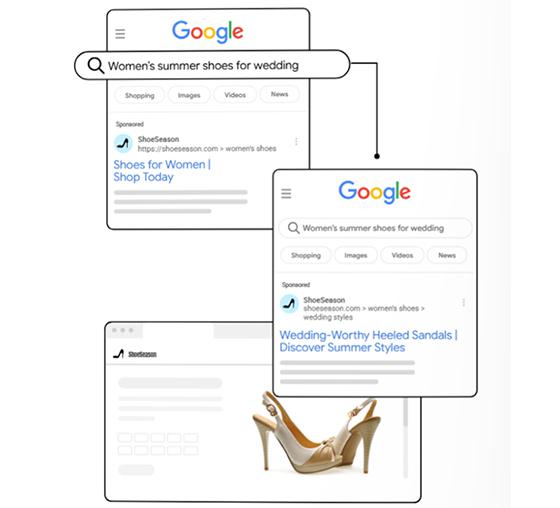Commentary
Brainlabs' Jeremy Hull Sees Through Google
- by Laurie Sullivan , Staff Writer @lauriesullivan, Yesterday

Jeremy Hull, chief product officer, North America at Brainlabs, spoke with MediaPost about Google's latest announcements, artificial intelligence (AI) and where Microsoft fits into the future of AI, search and advertising.
Google released a slew of AI tools and features for advertisers this week, but Hull pointed to the speed of innovation, feature releases, and the amount of data and metrics the company has begun to share with advertisers. It caught my attention, too.
It seems like yesterday, back in 2008, when marketers complained about the amount of data Google began to take away. It provided much less transparency. Now marketers are seeing a reverse in that trend.
Performance Max allows marketers to see channel-level information, he said, as well as how new tools launch.
advertisement
advertisement
For example, AI Max, a new campaign type that lets advertisers use all AI tools together. “You can see how the data is divided, to see the combination search queries, ad headline and landing page,’ he said. “In the past Google would launch products and gradually add these features. Now they’re launching with that transparency.”
He started with AI Max being the most unimpressive tool, but it rapidly moved up on his list to the most impressive behind the incrementality testing tool. AI Max is a way to see so much more data and learn from it.
When asked what he likes about AI integrations, Hull said they help test ads much faster and create more variations to learn more quickly as long as there’s transparency and performance.
“I’s like an online consumer survey,” he said.
Hull puts AI into three buckets. Predictive AI, which has already been solved, is about placing bets and adjusting bids, doing math fast -- driving sales and finding more consumers to increase performance. It also will become more of a necessity as consumer search habits change.
As Google starts putting ads into conversations such as AI Mode, which consumers initiate, will have much more success.
When asked what he doesn’t like about AI, Hull said there are elements that still have a lack of transparency.
Originally, Google wanted to encourage advertisers to put fewer constraints on it. Sometimes there’s a business strategy that they need that insight, or a level of curiosity, but Google has done better, but has more to go.
For brands in protected industries like pharmaceuticals and finance, there are legal limitations to the types of data to target and segment people.
“I believe Google is following those legal regulations when they use AI for folks in those industries,” Hull said. “But unless there’s an auditable transparent way Google uses the data with compliant with laws, folks in those industries will shy away from.”
When the subject turned to Microsoft, Hull said Copilot is playing to its strength and leaning toward the business user who already uses Teams, Office and similar products. It has less historic momentum around it.
“The winner will reach consumers in a way that aligns with their habits and experiences,” Hull said.
Despite Google's increase transparency around data, Hull still wants better reporting on what triggers AI Overviews.
"I don't need queries like what exactly did people type," He said. "I do need categorizes, context, or a way to tell how much it impacts brands. When my clients ask how is AI Overviews impacting us, I don't have enough information to answer that question."




